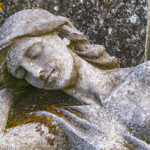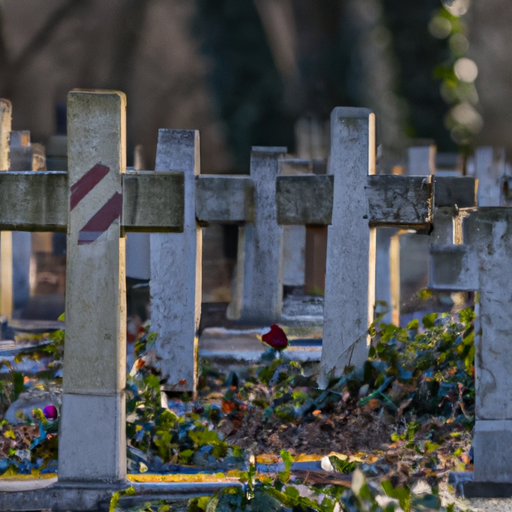Eastern Memorials: Preserving History and Honoring the Past
Eastern memorials are a testament to the rich and diverse history of the Eastern world. From ancient civilizations to modern societies, these memorials serve as a reminder of the past, while also providing a sense of connection and reverence for those who came before us. In this article, we will explore the significance of eastern memorials, their role in preserving history, and their impact on contemporary society.
The Symbolism Behind Eastern Memorials
Eastern memorials are deeply rooted in symbolism, reflecting the cultural and religious beliefs of the region. These monuments often pay homage to important figures, historical events, or religious traditions. For example, the Great Wall of China stands as an enduring symbol of the country’s perseverance and strength, while the Taj Mahal in India is a testament to eternal love and beauty.
One personal experience that comes to mind is my visit to the Hiroshima Peace Memorial in Japan. This somber memorial serves as a reminder of the devastating impact of the atomic bomb during World War II. The haunting silence and solemn atmosphere left an indelible mark on my soul, evoking a profound sense of empathy and compassion for the victims and their families.
Preserving History and Cultural Identity
Eastern memorials play a crucial role in preserving history and cultural identity. They serve as physical markers of important historical events, allowing future generations to learn from the past and avoid repeating the same mistakes. These monuments also provide a sense of continuity, ensuring that the cultural heritage of a region is not forgotten or lost over time.
The Ancient City of Petra in Jordan stands as a remarkable example of an eastern memorial that preserves both history and cultural identity. Carved into the rose-colored sandstone cliffs, this UNESCO World Heritage Site showcases the architectural genius of the Nabataeans, an ancient Arab civilization. Exploring the ruins of this once-thriving city transports visitors back in time, offering a glimpse into the rich history and cultural traditions of the region.
Commemorating Sacrifice and Remembrance
Eastern memorials often serve as places of commemoration, honoring those who made great sacrifices for their nations or causes. These memorials provide a space for reflection, remembrance, and gratitude. They offer solace to those who have lost loved ones and create a sense of collective memory within communities.
One such memorial that deeply touched my heart is the War Memorial of Korea in Seoul. This sprawling complex pays tribute to the soldiers who fought and died during the Korean War. The solemn statues, meticulously maintained gardens, and thoughtfully curated exhibits serve as a powerful reminder of the human cost of war and the importance of peace.
Inspiring Reflection and Spiritual Connection
Eastern memorials often have a spiritual dimension, inspiring contemplation and fostering a connection with something greater than ourselves. Religious monuments such as temples, pagodas, and stupas are prevalent throughout the Eastern world, serving as places of worship, meditation, and enlightenment.
The Shwedagon Pagoda in Myanmar is a prime example of an eastern memorial that embodies spirituality. Its glistening golden spires reach towards the heavens, casting a serene glow over the devout worshippers below. Visiting this sacred site, I experienced a profound sense of tranquility and a deep connection to the spiritual traditions of the region.
Eastern Memorials: A Source of Cultural Tourism
Beyond their historical and cultural significance, eastern memorials have become popular tourist destinations. Visitors from around the world flock to these sites, eager to immerse themselves in the rich tapestry of the Eastern world. The economic benefits derived from cultural tourism help support the preservation and maintenance of these monuments, ensuring their longevity for future generations.
In summary, eastern memorials are more than just physical structures; they are embodiments of history, culture, and spirituality. These monuments symbolize the triumphs and tribulations of the Eastern world, preserving the past, honoring sacrifices, inspiring reflection, and fostering a sense of connection. As we continue to appreciate and protect these memorials, we ensure that the stories they tell will endure for generations to come.
Key Points:













